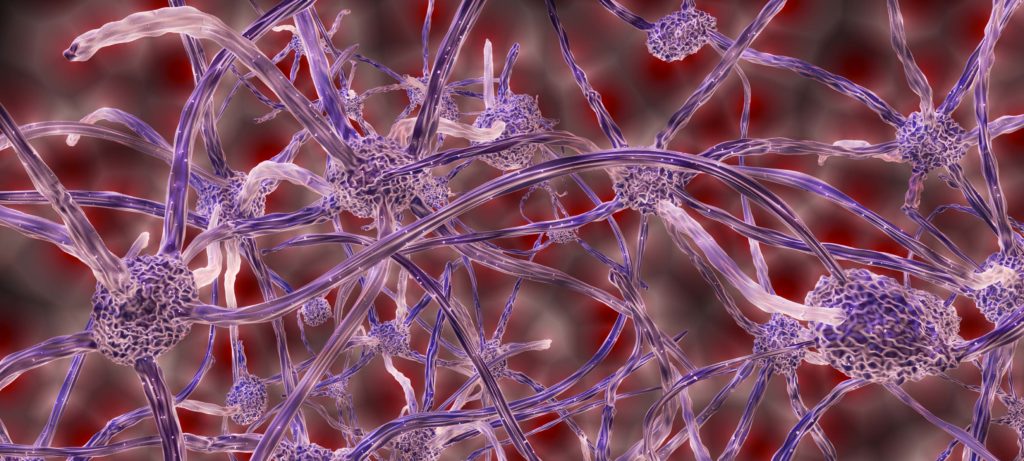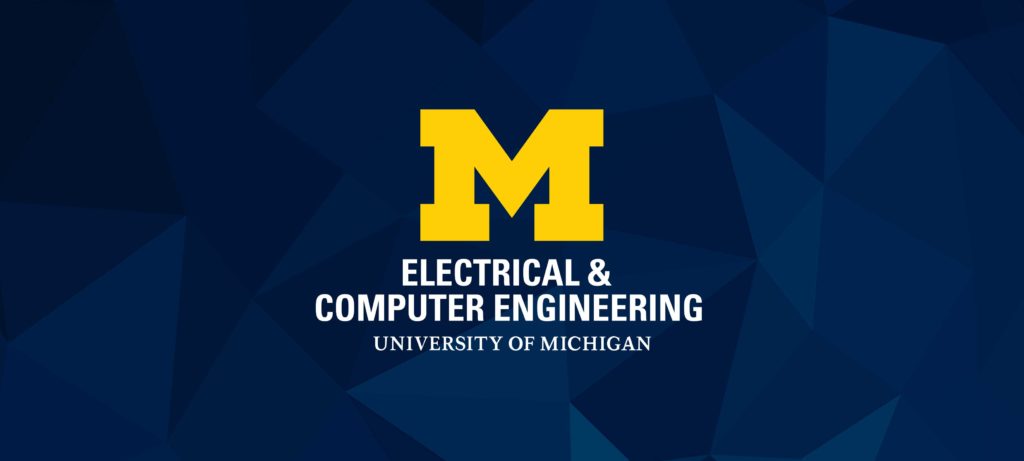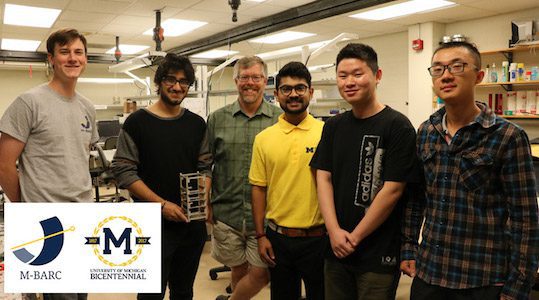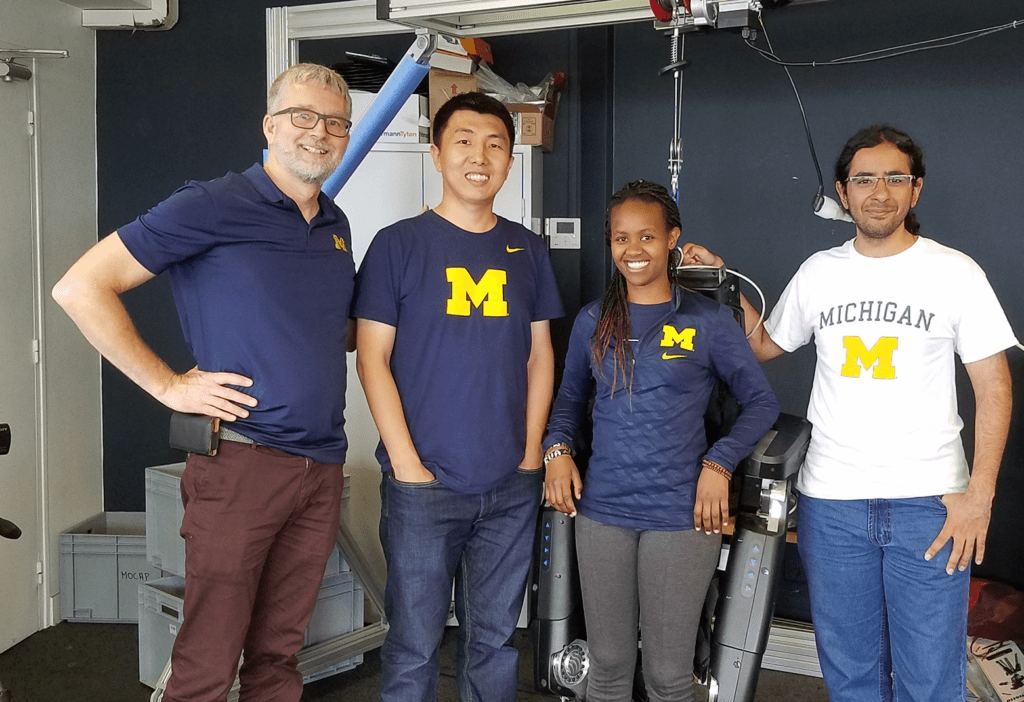SPARC awarded $1M to a U-M project developing better nerve mapping.


SPARC awarded $1M to a U-M project developing better nerve mapping.

DARPA is trying to build a system that can turn large data sets into models that can make predictions, and U-M is in on the project.

Alumnus Navid Yazdi develops sensors that accomplish incredible tasks.

The unexpected journey of father-and-daughter Raytheon engineers.

Planning to launch mid-2018, an exciting team of Michigan students is designing a space-based time capsule.

Keenan Rebara hopes to add to the fun of spinning the Cube using his a bit of physics and sensors.
Scar tissue left over from heart attacks creates dead zones that don’t beat. Bioengineered patches could fix that.
The post Bionic heart tissue: U-Michigan part of $20M center appeared first on Michigan Engineering News.

Prof. Jessy Grizzle has long said that his work in robotics could one day be used to help the disabled. Now he and his group, alongside French company Wandercraft, are working to make that claim a reality in the form of walking exoskeletons.
Built to handle falls, and with two extra motors in each leg, the new robot will help U-M roboticists take independent robotic walking to a whole new level.
The post Latest two-legged walking robot arrives at Michigan appeared first on Michigan Engineering News.

Prof. Shai Revzen’s lab in ECE has developed an inexpensive technique to rapidly fabricate a variety of useful robots.